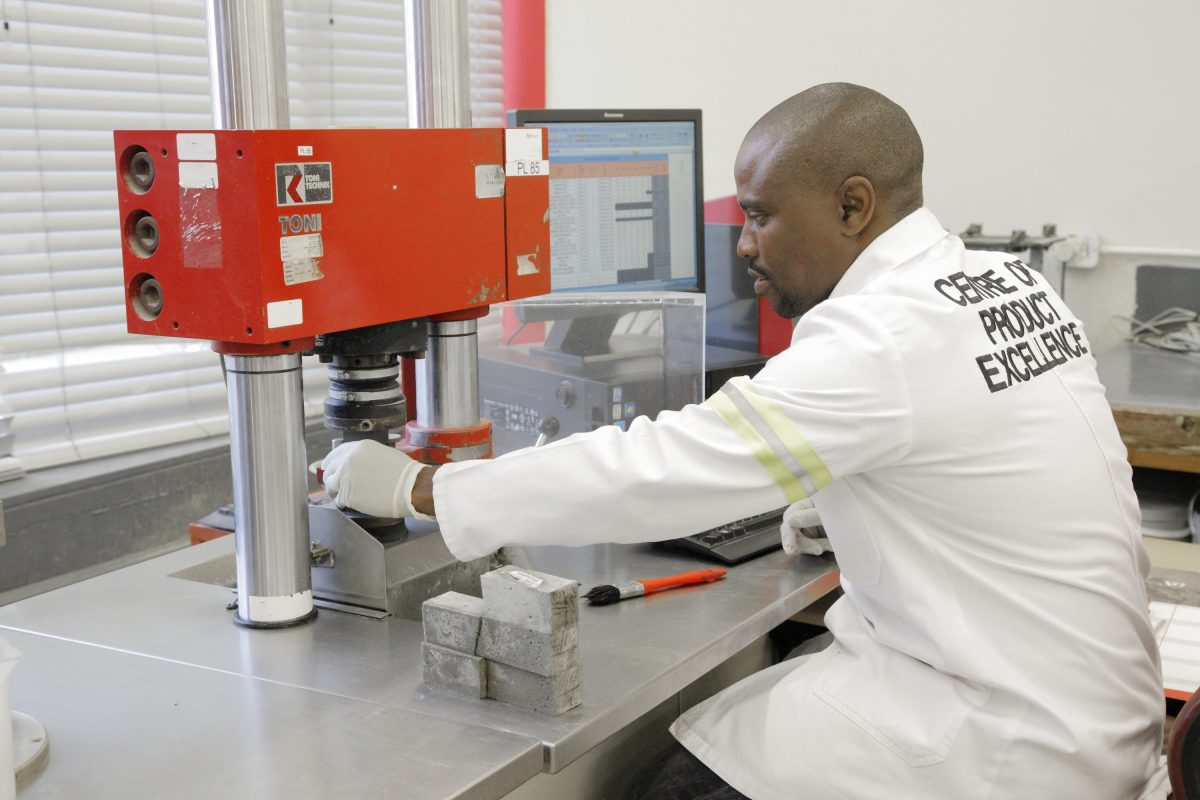

Through its technical services arm – the Centre for Product Excellence – construction materials leader AfriSam has been showing what is possible when business collaborates with bright young minds at universities.
Partnering with the University of Johannesburg (UJ) in recent years, AfriSam has made its specialists and its laboratory facilities available to UJ for its students – both for practical learning as well as to conduct research.
Earlier this year, that partnership led to two research papers being presented at the International Conference on Advances in Sustainable Construction Materials & Civil Engineering Systems, held at the University of Sharjah in the United Arab Emirates. Research for the papers was carried out at the Centre of Product Excellence by UJ Civil Engineering Science student Broadley Miller, and written up by Miller in conjunction with the department’s technical lecturer Johannes Bester and senior lecturer Deon Kruger.
The one paper – on the use of a concrete additive to eliminate returned concrete waste volumes – was particularly well received by the conference delegates, according to Bester, who presented on behalf of the authors. The research investigates the effects of a recently developed two-component powdered product in separating returned fresh ready-mix concrete into fine and coarse aggregates. The product is made from polymers and inorganic compounds, and is mechanically mixed into returned concrete to achieve this result.
“This allows for the reuse of the returned concrete as aggregates in the manufacturing of new concrete,” says Bester. “The returned concrete waste can therefore be eliminated, thus reducing virgin aggregate usage, as well as reducing the environmental impact of returned concrete.”
In their second paper, the authors explored the use of recycled aggregates as a replacement for virgin materials in the manufacture of concrete. They found that fine recycled aggregates have a much greater negative impact than the use of coarse recycled aggregates.
“The presoaking procedure used was problematic when used with fine aggregates and caused a large amount of excess water to be added to the concrete mix as a result,” says Bester. “This study highlights the importance of planning the demolition process of a structure to ensure that the best possible quality of recycled concrete aggregate can be extracted.”
More news
- DOK-ING’s innovative electric mining equipment unveiled at ElectraMining
- CONCOR’S MASTERY IN FAST TRACK PROJECT IMPLEMENTATION UNDERSCORED BY SAFETY AWARD
- PROMINENT SEA POINT HOTEL REFURBS WITH REHAU
- CONCRETE ROOF TILES USED FOR WALL CLADDING ON COASTAL HOME
- THE GREENEST RESIDENTIAL DEVELOPMENT IN AFRICA?





